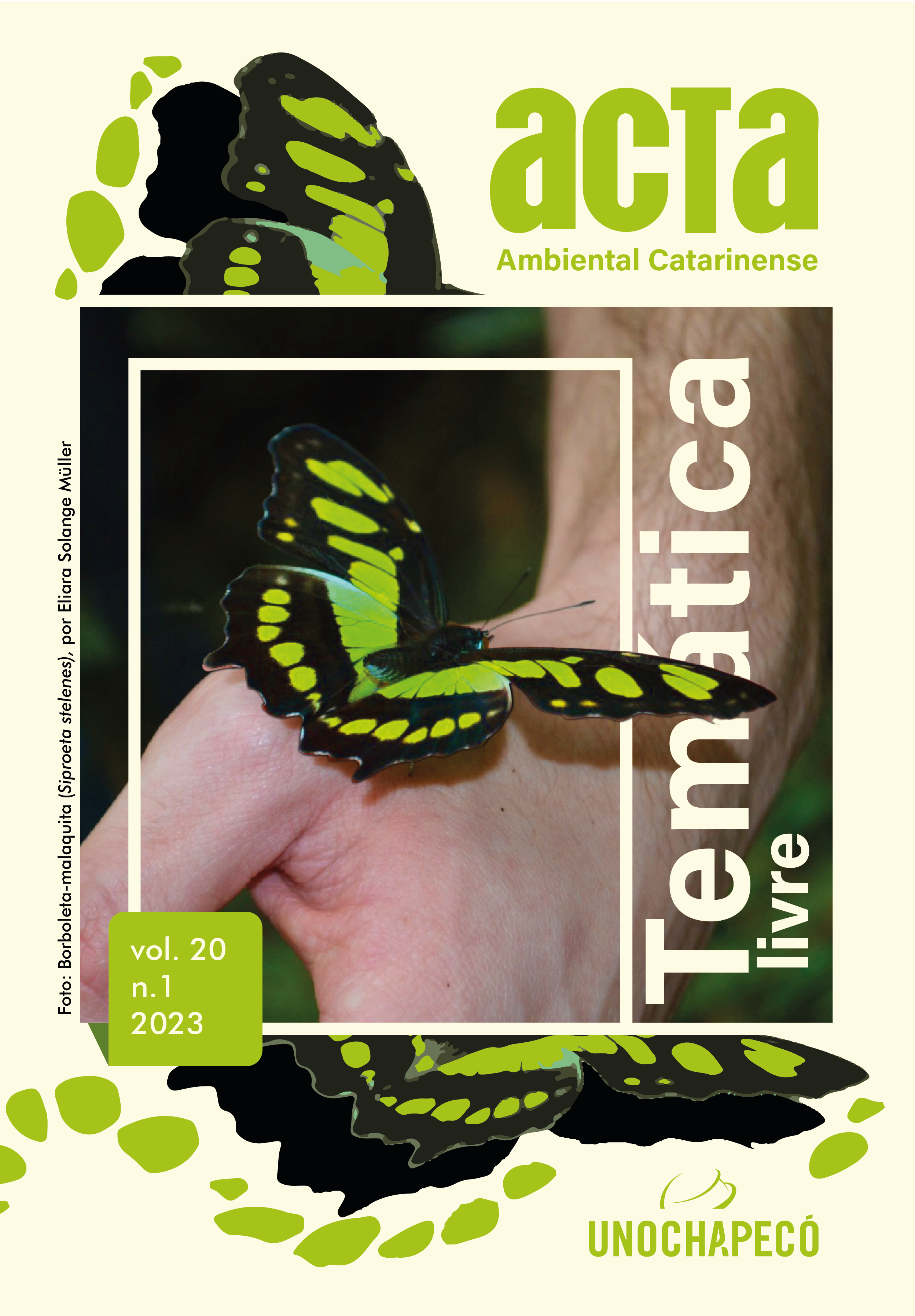SHADE EXPLAINS Hovenia dulcis Thunb. INVASIVENESS IN SUBTROPICAL FOREST FRAGMENTS: A MICROCOSM EXPERIMENT
DOI:
https://doi.org/10.24021/raac.v20i1.6026Palavras-chave:
Biological invasion. Germination. Stem elongation. Understory.Resumo
Hovenia dulcis is a non-native species in Southern Brazil with high capacity for invasion in subtropical forest fragments. In this study we used a greenhouse experiment simulating field abiotic and biotic conditions to investigate the germination and initial growth to determine the mechanisms associated with the high invasion potential of this species. We evaluated the effects of abiotic factors (light) and biotic factors (litter mass and litter type) on demographic parameters: germination (GR), recruitment rate (RR) and establishment (ER) and initial growth traits (stem height, SH; root length, RL and root:shoot ratio, R:S) in a greenhouse experiment. Interactions between factors were compared using GLM, to select the best model and the factors that influence each parameter evaluated. GR, RR, and ER were influenced by light intensities. GR, ER and RR were higher in low light. The initial growth was influenced by light and litter quality. Higher SH and R:S ratio was observed in low light. Additionally, stem and root growth were higher in exotic litter. These results evidence the strategies of establishment and initial growth of H. dulcis in the colonization of shaded environments.
Downloads
Downloads
Publicado
Edição
Seção
Licença
Copyright (c) 2023 Revista Acta Ambiental Catarinense

Este trabalho está licenciado sob uma licença Creative Commons Attribution-NonCommercial-NoDerivatives 4.0 International License.
Estou ciente de que, em sendo aprovado, a publicação do artigo será no formato on-line no Portal de Periódicos da Unochapecó.Também tenho ciência de que há autorização para assumir contratos adicionais separadamente, para distribuição não-exclusiva da versão do trabalho publicada nesta revista (ex.: publicar em repositório institucional ou como capítulo de livro), com reconhecimento de autoria e publicação inicial nesta revista.
















